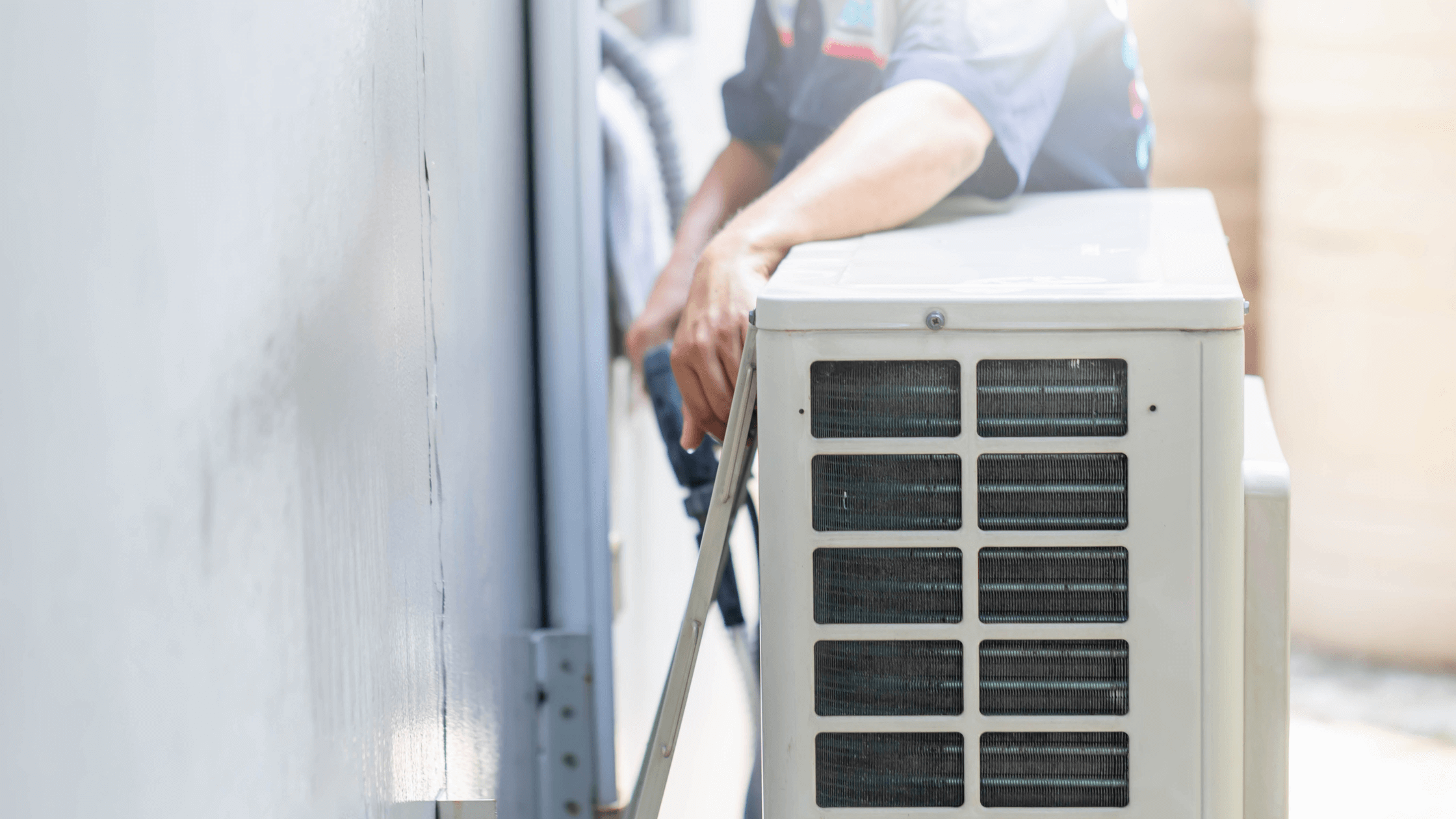Choosing the right heating system for your home can make all the difference in comfort, efficiency, and cost. With so many options on the market, it’s easy to get overwhelmed. From HVAC forced-air to radiant floor heating, we’ll break down the top 10 options and everything you need to know about them to help you decide which fits your needs.
What is an HVAC system?
An HVAC system stands for heating, ventilation, and air conditioning. It heats and cools your home using connected components like furnaces, air conditioners, and ductwork. These systems are often found in newer homes because they combine heating and cooling in one efficient package.
However, not all homes use HVAC systems. Some rely on standalone heating or cooling units, such as radiant floor heating, baseboard heaters, or ductless mini-split systems. These options don’t require ducts and can be perfect for homes that are smaller, older, or undergoing renovations.
Types of home heating systems
There are many ways to heat your home, each with its benefits, drawbacks, and ideal use cases. Here are 10 of the most common heating systems and how they work.
1. Forced air heating/cooling
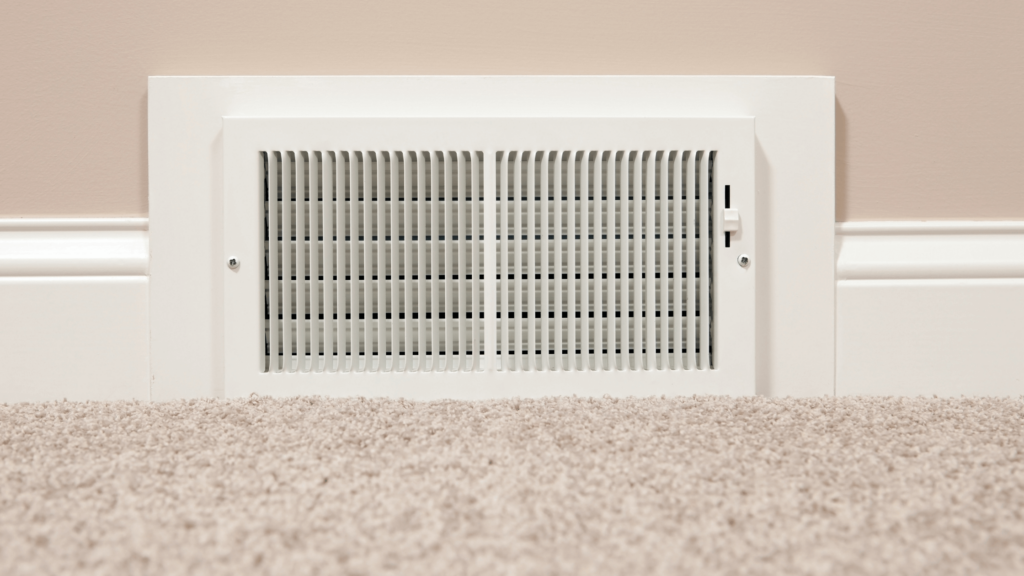
| Pros | Cons |
| – Heats homes quickly – Compatible with central air conditioning – Widely available and affordable to install | – Requires ductwork, which can be costly to repair or maintain – Can create uneven heating if ducts are not well-designed – Air filters need regular replacement to keep the system clean |
- Best for: Homes with existing ductwork or homeowners who want both heating and cooling options
- Fuel source: Natural gas, propane, oil, or electricity
- Heat distribution: Heated air is pushed through ducts and vents
Forced air systems are the most common heating option in North America. They use a furnace to heat air and distribute it throughout the home using a blower and duct system. The furnace heats the air using a fuel source—such as natural gas, propane, oil, or electricity—and a blower fan pushes the warmed air through the ducts to various rooms. These systems provide quick and efficient heating and can also be integrated with air conditioning, making them a popular year-round solution.
The cost of installing a forced-air heating system varies depending on factors such as the size of your home, the type of furnace, and regional labor rates. Installation costs generally range from $3,100 to $3,700 per furnace. Remember that additional expenses may arise if new ductwork is needed or you upgrade from a different heating system.
2. Radiant floor heating
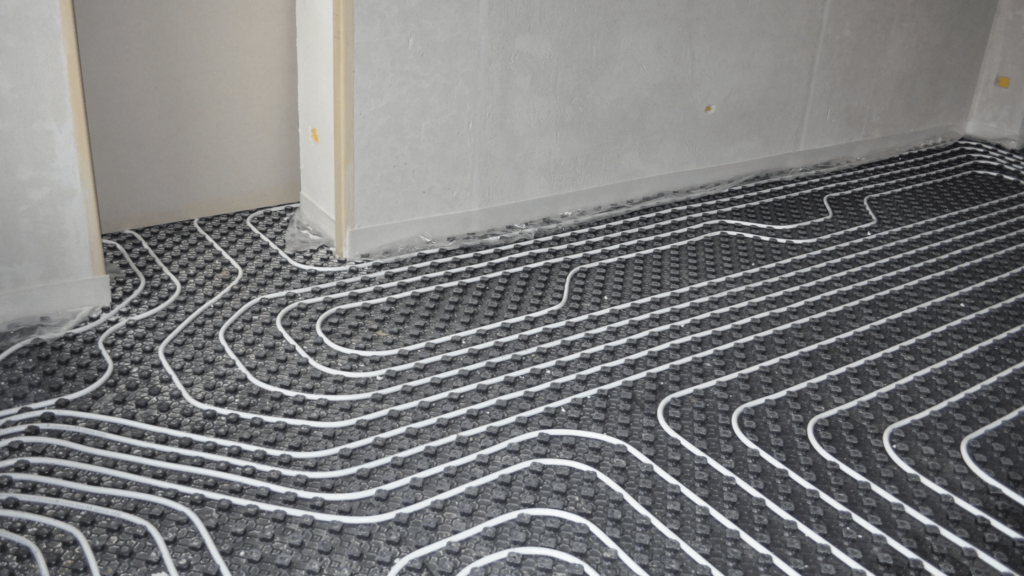
| Pros | Cons |
| – Provides even, consistent warmth throughout the home – Quiet operation with no air blowing through vents – Highly energy-efficient, especially in well-insulated homes | – Expensive to install, particularly for existing homes – Takes longer to heat up compared to forced-air systems – Repairs can be costly and invasive if something goes wrong |
- Best for: Homes in colder climates, bathrooms, or areas where comfort underfoot is a priority
- Fuel source: Hot water (hydronic) or electricity
- Heat distribution: Heat radiates upward from pipes or electric coils installed beneath the floor
Radiant floor heating warms your home by circulating hot water through pipes or installing electric coils beneath the flooring. This method provides consistent, even heat that rises from the floor, eliminating cold spots and drafts while creating a comfortable environment. It’s especially popular in colder climates and is often used in bathrooms or kitchens to warm floors underfoot.
There are two main types of radiant floor heating:
- Electric systems use electric coils. These are ideal for smaller spaces like bathrooms.
- Hydronic systems circulate hot water through a series of pipes. Due to their energy efficiency, they are better suited for whole-home heating.
The cost of installing radiant floor heating depends on the system type and the size of the area. Electric systems typically cost between $8 and $15 per square foot, making them a practical choice for single rooms. Hydronic systems range from $7 to $17 per square foot and have higher upfront costs but lower long-term operating expenses, especially for larger areas.
3. Heat pumps
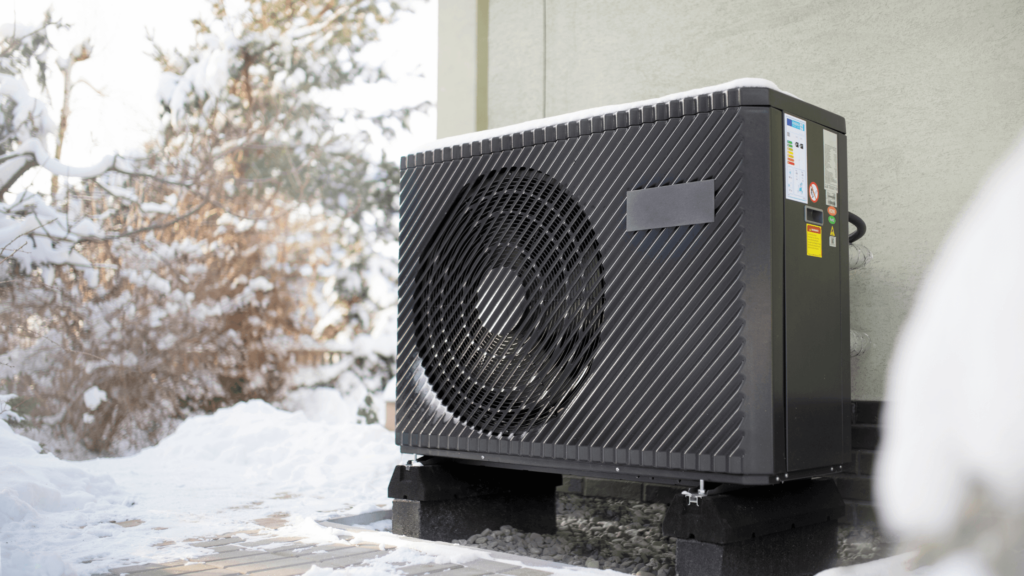
| Pros | Cons |
| – Provides both heating and cooling in one system – Highly energy-efficient, reducing utility bills – Works well in mild to moderate climates | – Efficiency drops in extremely cold climates, requiring a backup heating source – Higher upfront installation costs – Requires regular maintenance to keep running efficiently |
- Best for: Homes in moderate climates or areas with mild winters, especially for homeowners seeking a dual heating and cooling solution
- Fuel source: Electricity
- Heat distribution: Transfers heat between indoors and outdoors via refrigerant lines; can be ducted or ductless
Heat pumps are all-in-one systems that provide both heating and cooling. They work by moving heat instead of generating it, which makes them highly energy efficient. In heating mode, the system extracts heat from outdoor air and transfers it inside. In cooling mode, it reverses the process, removing heat from your home and expelling it outdoors.
These systems are ideal for areas with moderate climates, though newer models with advanced technology can operate effectively in colder regions. Depending on the size and complexity of the system, the average cost of installing an air-source heat pump in North America ranges from $4,000 to $8,000.
4. Boilers (hydronic heating)
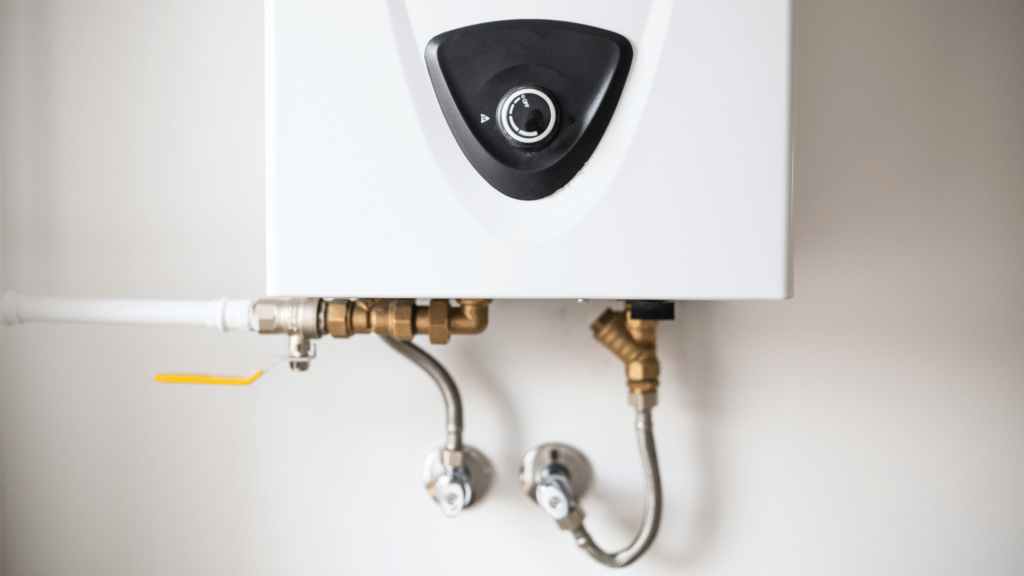
| Pros | Cons |
| – Provides consistent, comfortable heat – Operates quietly – Doesn’t require ductwork | – Higher installation costs – Slower to heat up compared to forced-air systems – Requires regular maintenance to prevent issues |
- Best for: Homes in colder climates or those with existing radiator systems
- Fuel source: Natural gas, oil, or electricity
- Heat distribution: Hot water circulates through radiators, baseboards, or radiant floor systems
Boilers heat water and distribute it as hot water or steam through a network of pipes to radiators, baseboards, or underfloor systems. This method provides even and comfortable heating without the need for ductwork. Boilers are especially effective in colder climates and are known for their quiet operation.
Installing a new boiler typically costs between $3,500 and $8,500, depending on the system type, size, and efficiency. While high-efficiency models may have higher upfront costs, they can lead to energy savings over time.
5. Electric baseboard heating
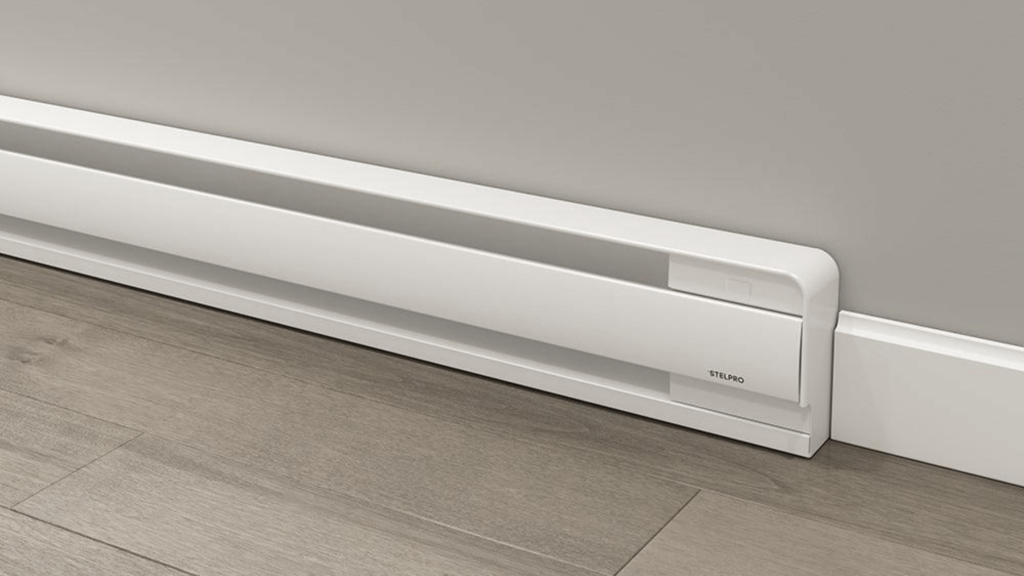
| Pros | Cons |
| – Affordable and easy to install – Allows individual room temperature control – Quiet operation | – High operating costs due to electricity prices – Not ideal for whole-home heating in larger spaces – Can pose a burn risk if touched when hot |
- Best for: Small homes, apartments, or supplemental heating
- Fuel source: Electricity
- Heat distribution: Heats air through convection; warm air rises to heat the room
Electric baseboard heaters are simple units installed along the base of walls. They use electric elements to heat air, which rises to warm the room. Each unit works independently, making them perfect for zoned heating or as a backup heat source in individual rooms.
Units cost between $25 and $200, with installation adding another $125 to $300 per unit. While inexpensive to install, operating costs can be higher, making these heaters best for smaller spaces or occasional use.
6. Ductless mini-split systems
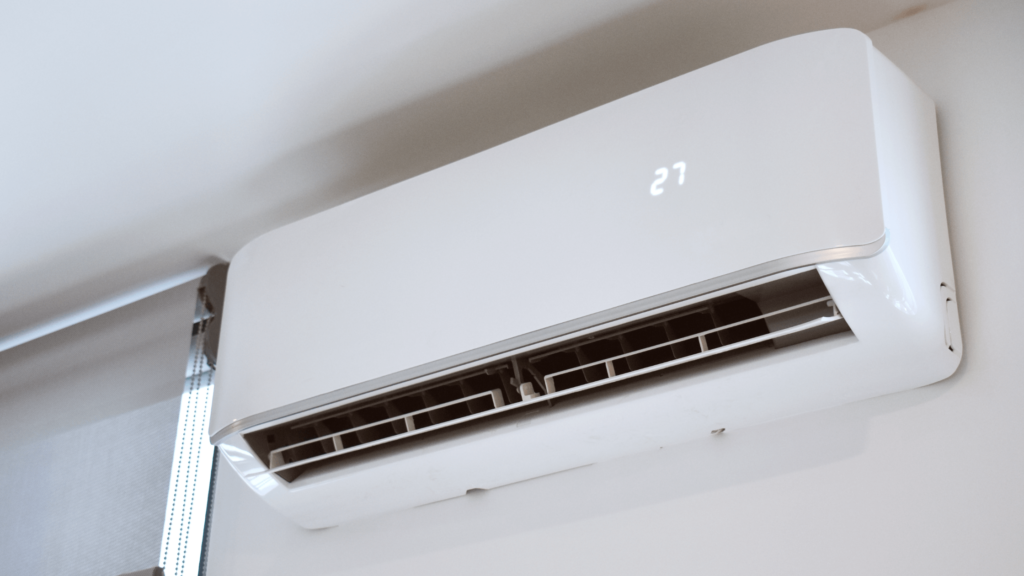
| Pros | Cons |
| – Provides both heating and cooling – Ideal for homes without existing ductwork – Allows for zoned temperature control – Energy-efficient operation | – Higher upfront installation costs – Indoor units may affect room aesthetics – Requires regular maintenance to ensure efficiency |
- Best for: Homes without ductwork, room additions, or areas requiring independent temperature control
- Fuel source: Electricity
- Heat distribution: Directly delivers conditioned air to individual zones through indoor air-handling units
Ductless mini-split systems offer both heating and cooling without the need for ductwork. They consist of an outdoor compressor unit connected to one or more indoor air-handling units, allowing for targeted climate control in different areas of the home. This setup enhances energy efficiency and provides flexibility in installation, making them suitable for retrofits, room additions, or homes where installing ductwork is impractical. The cost of installing a ductless mini-split system varies based on the number of zones and system capacity:
- Single-zone systems: Installation costs range from $2,000 to $6,000
- Multi-zone systems: Installation costs range from $3,200 to $10,500
While the initial investment is higher than some traditional systems, the increased energy efficiency and zoned control can lead to savings on utility bills over time.
7. Wood-burning and pellet stoves
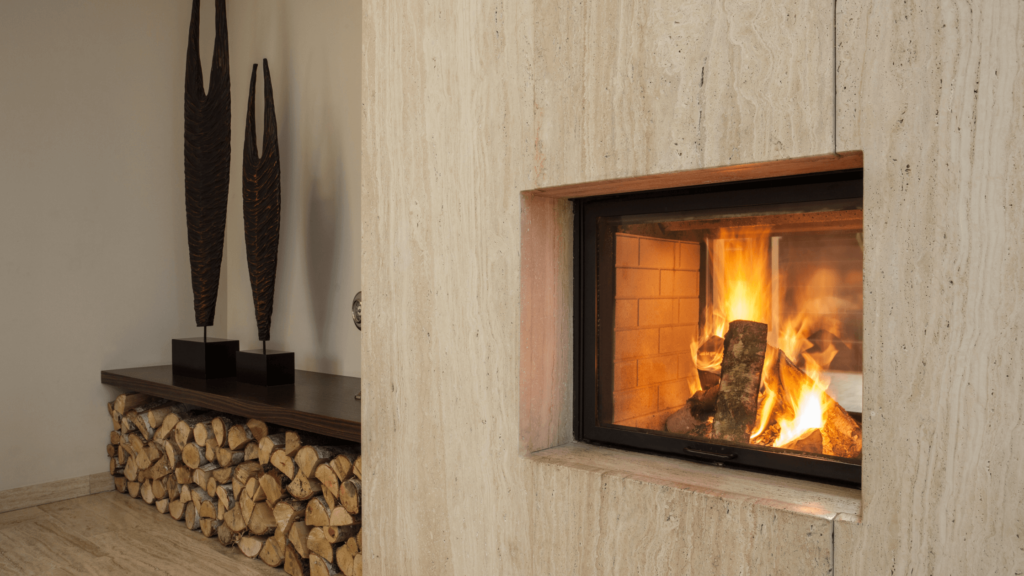
| Pros | Cons |
| – Provides a cozy, traditional heating experience – Can reduce heating costs, especially in areas with affordable wood or pellet supplies – Pellet stoves offer higher efficiency and cleaner burning compared to traditional wood stoves | – Requires regular maintenance, including ash removal and chimney cleaning – Wood storage needs space and can attract pests – Installation can be complex, requiring proper ventilation and adherence to local building codes |
- Best for: Rural homes or those seeking a renewable heating option; ideal for supplemental heating or as a primary source in smaller spaces
- Fuel source: Firewood for wood stoves; compressed wood pellets for pellet stoves
- Heat distribution: Radiates heat directly from the stove unit into the surrounding space
Wood-burning stoves provide a traditional heating method by burning firewood, offering warmth and ambiance. Pellet stoves, on the other hand, use compressed wood pellets, delivering a more efficient and cleaner-burning alternative. Both types require proper installation with adequate ventilation to ensure safety and optimal performance.
The total cost of a wood-burning stove, including the unit and installation, typically ranges from $1,200 to $4,500, depending on the size and venting needs. Pellet stoves are around the same range, costing between $1,600 and $4,100. While these options require an upfront investment, they can significantly reduce heating bills in the long run.
8. Fireplaces (gas or electric)
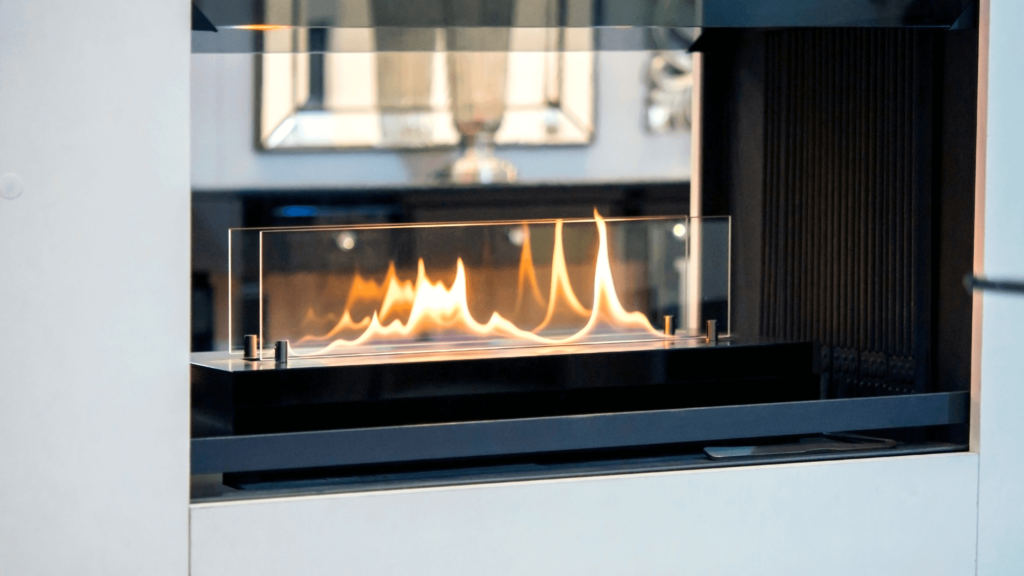
| Pros | Cons |
| – Provides localized heating with aesthetic appeal – Gas fireplaces offer real flames without the maintenance of wood-burning units – Electric fireplaces are easy to install and require minimal maintenance | – Gas fireplaces require a gas line and proper ventilation – Electric fireplaces may have lower heat output compared to gas – Both types can have higher operating costs depending on energy prices |
- Best for: Homeowners seeking supplemental heating with visual appeal; suitable for living rooms, bedrooms, or areas where ambiance is desired
- Fuel source: Natural gas or electricity
- Heat distribution: Direct radiant heat from the fireplace unit into the immediate area
Gas and electric fireplaces provide localized heating while enhancing the ambiance of a room. Gas fireplaces produce real flames and typically require a gas line and venting, offering higher heat output suitable for larger spaces. Electric fireplaces simulate flames using LED technology and are easier to install, often requiring only a standard electrical outlet, making them ideal for smaller areas or apartments.
Gas fireplaces cost between $2,750 and $7,300, including installation, and annual operating expenses depend on the cost of natural gas. Electric fireplaces are more affordable, ranging from $700 to $2,250 installed. Annual running costs vary based on the electricity cost. While gas units offer higher heat output, electric fireplaces provide a cost-effective, low-maintenance alternative for adding warmth and ambiance to your home.
9. Solar heating
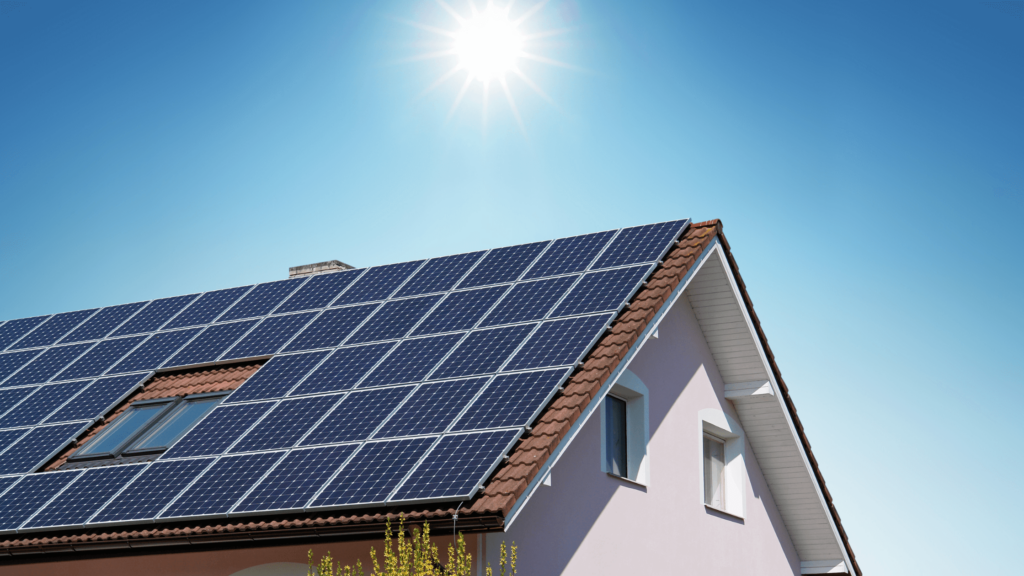
| Pros | Cons |
| – Renewable and environmentally friendly energy source – Can significantly reduce heating bills over time – Eligible for tax credits and rebates in many regions | – High initial installation costs – Requires sufficient sunlight and space for solar panels – May need a backup heating system during cloudy periods or at night |
- Best for: Homes in sunny regions or those looking to lower energy costs and carbon footprints
- Fuel source: Solar energy
- Heat distribution: Uses solar panels to collect heat, which is distributed via air or water systems
Solar heating systems use solar panels to capture and convert sunlight into heat for your home. Depending on the system, the heat can be used to warm air or water. Active systems, which use pumps and fans to circulate the heat, are most common for home use. They are ideal for reducing reliance on traditional heating fuels and lowering long-term energy costs.
Installing a solar heating system costs between $8,000 and $20,000, depending on the system’s size and complexity. While the upfront investment is significant, many homeowners benefit from federal and state tax incentives and long-term energy savings. Solar heating is best paired with a backup system to ensure consistent warmth during low-sunlight conditions.
10. Hybrid heating systems
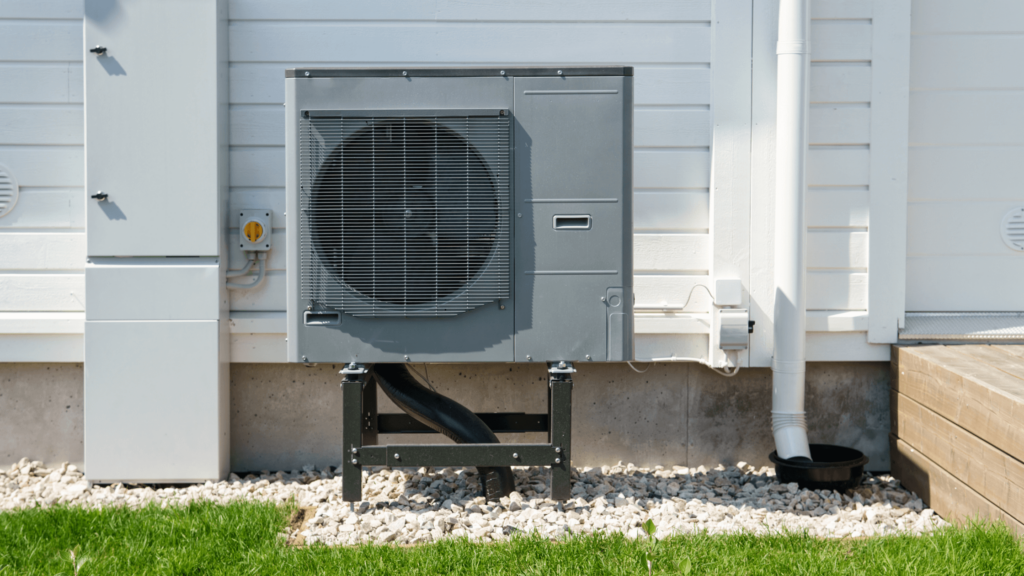
| Pros | Cons |
| – Combines efficiency and reliability by using two heating sources – Automatically switches between a heat pump and a backup furnace for optimal performance – Reduces energy costs compared to traditional systems | – Higher upfront installation costs – Requires regular maintenance for both the heat pump and furnace – May not be suitable for homes without ductwork |
- Best for: Homes in climates with variable temperatures, especially where winters are cold but not extreme
- Fuel source: Electricity for the heat pump and natural gas, propane, or oil for the furnace
- Heat distribution: Forced air through ductwork
Hybrid heating systems pair a heat pump with a backup furnace to maximize energy efficiency. The heat pump operates during milder weather, while the furnace kicks in when temperatures drop too low for the heat pump to work effectively. This combination ensures reliable warmth without overusing energy, making it a smart choice for homes in regions with fluctuating climates.
The installation cost for hybrid heating systems ranges from $6,000 to $12,000, depending on the system size and components. While more expensive upfront than standalone systems, the energy savings and year-round performance often offset the initial expense over time. Hybrid systems are an excellent investment for homeowners seeking a balance of efficiency and dependability.
How to choose the right heating system for your home
Choosing the right heating system for your home depends on several factors, including your climate, budget, and home layout. Here are a few tips to help you decide:
- Consider your climate: A heat pump or electric heating system might be sufficient if you live in a mild climate. For colder climates, boilers, furnaces, or hybrid systems offer better performance during freezing temperatures.
- Evaluate your home’s infrastructure: Homes with existing ductwork work well with forced-air systems, heat pumps, or hybrid heating. If you don’t have ducts, consider options like ductless mini-split systems, radiant floor heating, or baseboard heaters.
- Look at energy efficiency: Systems like heat pumps, radiant floor heating, and hybrid systems can lower utility bills in the long run due to their energy efficiency. Check for systems with high AFUE (Annual Fuel Utilization Efficiency) or SEER (Seasonal Energy Efficiency Ratio) ratings.
- Factor in installation and operating costs: Upfront costs vary widely. Electric baseboards and wood stoves are cheaper to install but can have higher operating costs. Systems like solar heating or geothermal heat pumps have a higher initial investment but offer savings over time.
- Consider maintenance requirements: Some systems, such as forced-air heating and wood stoves, require regular maintenance, while others, like electric baseboard heaters, are relatively low-maintenance.
- Think about your long-term goals: Solar heating or pellet stoves may be ideal if you want a renewable energy option. If comfort and consistency are your priorities, radiant floor heating or boilers might be the way to go.
Bottom line
The right heating system for your home will depend on your needs, budget, and climate. While forced-air systems remain a common choice for their affordability and compatibility with central air conditioning, modern options like heat pumps, radiant floor heating, and hybrid systems offer impressive energy efficiency. For those prioritizing sustainability, options like solar heating or pellet stoves may be worth considering. By evaluating your home’s infrastructure, heating demands, and long-term goals, you can make an informed choice that keeps your home warm and your energy costs manageable.
Want to learn about all of the best practices when it comes to home heating and construction? Subscribe to our newsletter and follow us on social media for expert tips and innovative solutions.
